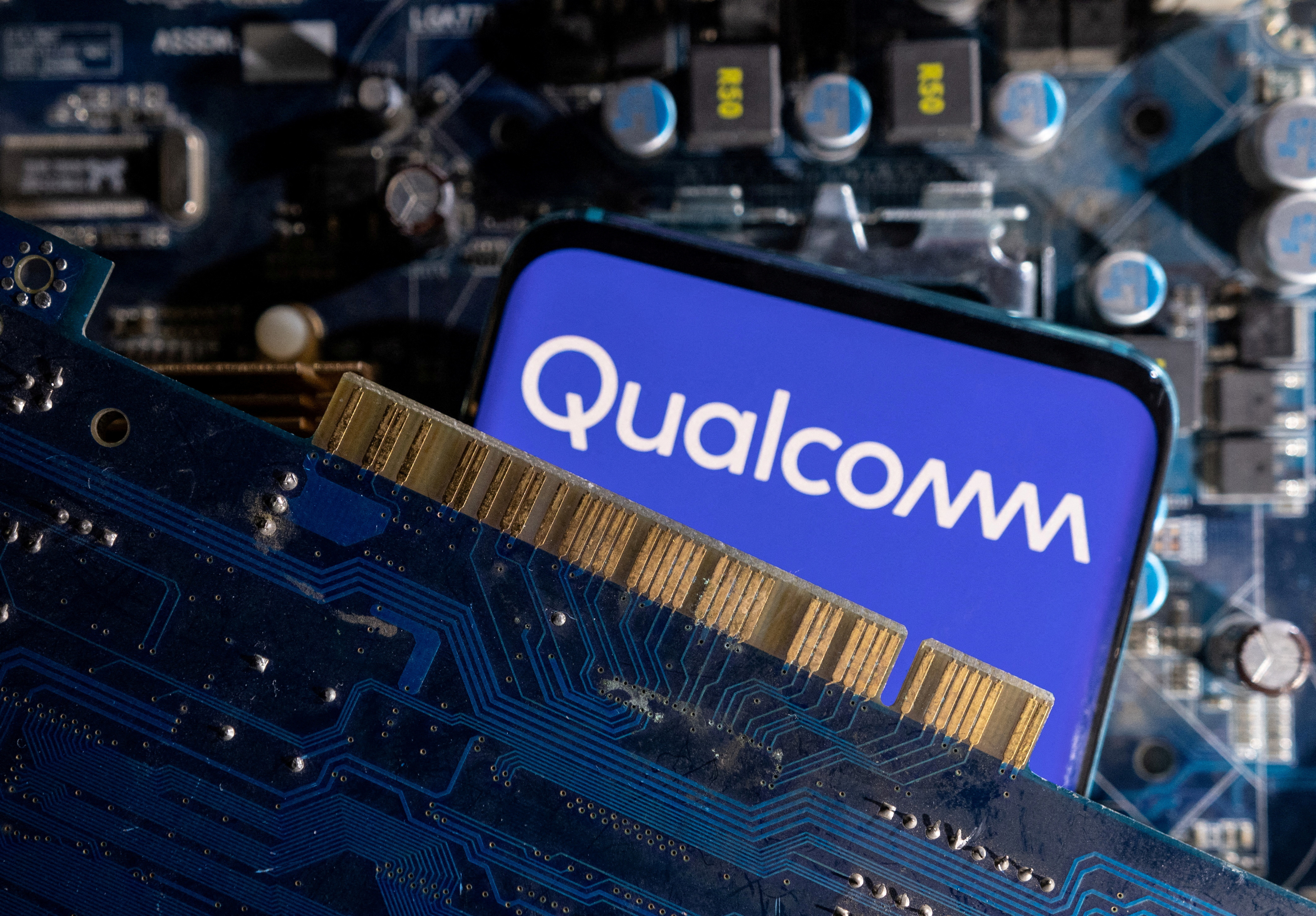
Significant drop in net income growth by approximately 15.9% and operating income growth by roughly 20.1%.
Remarkable rise in free cash flow growth by approximately 23.2% and operating cash flow growth by around 20.5%.
Stable financial leverage position with a slight decrease in debt growth by about 0.15%.
Qualcomm Incorporated (NASDAQ:QCOM), a leading semiconductor company known for its contributions to the development of wireless technology and products, recently made headlines with its third-quarter earnings report. The company’s financial performance is closely watched by investors and analysts alike, as it serves as a bellwether for the tech industry, particularly in the mobile and telecommunications sectors. Ben Bajarin, a respected figure in tech analysis, discussed these results on CNBC Television’s ‘Closing Bell Overtime,’ shedding light on Qualcomm’s market position and future prospects.
Despite facing challenges in the market, Qualcomm’s shares saw an uptick following the earnings announcement. This positive market reaction can be attributed to several key financial metrics that emerged from the company’s recent quarterly report. Although Qualcomm experienced a decrease in revenue growth by about 5.5% and a decline in gross profit growth by around 6%, the company managed to navigate through these headwinds, showcasing its resilience in a competitive landscape.
One of the most notable aspects of Qualcomm’s financial performance was the significant drop in net income growth by approximately 15.9% and operating income growth, which decreased by roughly 20.1%. These figures might initially raise concerns among investors regarding the company’s profitability and operational efficiency. However, it’s important to look beyond these numbers to understand the broader financial health of Qualcomm.
On a brighter note, Qualcomm reported an increase in asset growth by about 2%, indicating a solid foundation for future investments and growth opportunities. Additionally, the company witnessed a remarkable rise in free cash flow growth by approximately 23.2% and operating cash flow growth by around 20.5%. These metrics are crucial as they reflect Qualcomm’s ability to generate cash from its operations, which can be reinvested into the business or returned to shareholders. Moreover, the improvement in book value per share growth by about 6% suggests an increase in the company’s intrinsic value, which is a positive sign for investors.
Despite the mixed financial results, Qualcomm’s slight decrease in debt growth by about 0.15% signals a stable financial leverage position. This minimal change in debt levels indicates that the company is managing its borrowings prudently, avoiding over-leverage, which can be risky in uncertain economic times. Overall, Qualcomm’s financial performance, as discussed by Ben Bajarin on CNBC Television, paints a picture of a company navigating through market challenges while laying down a solid foundation for future growth.

